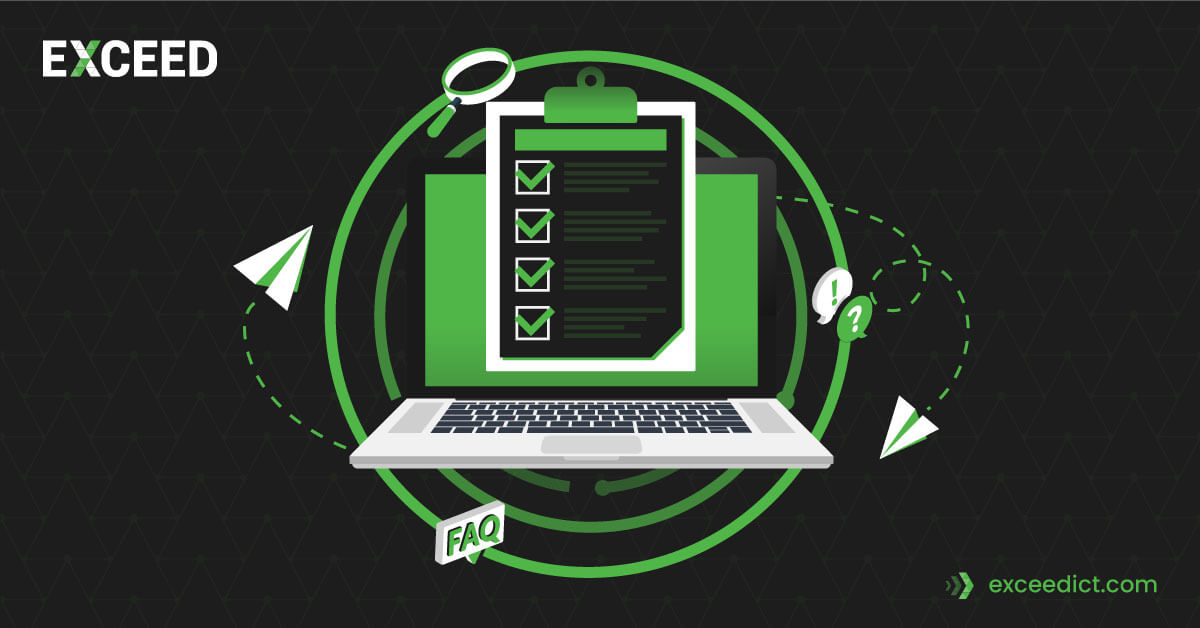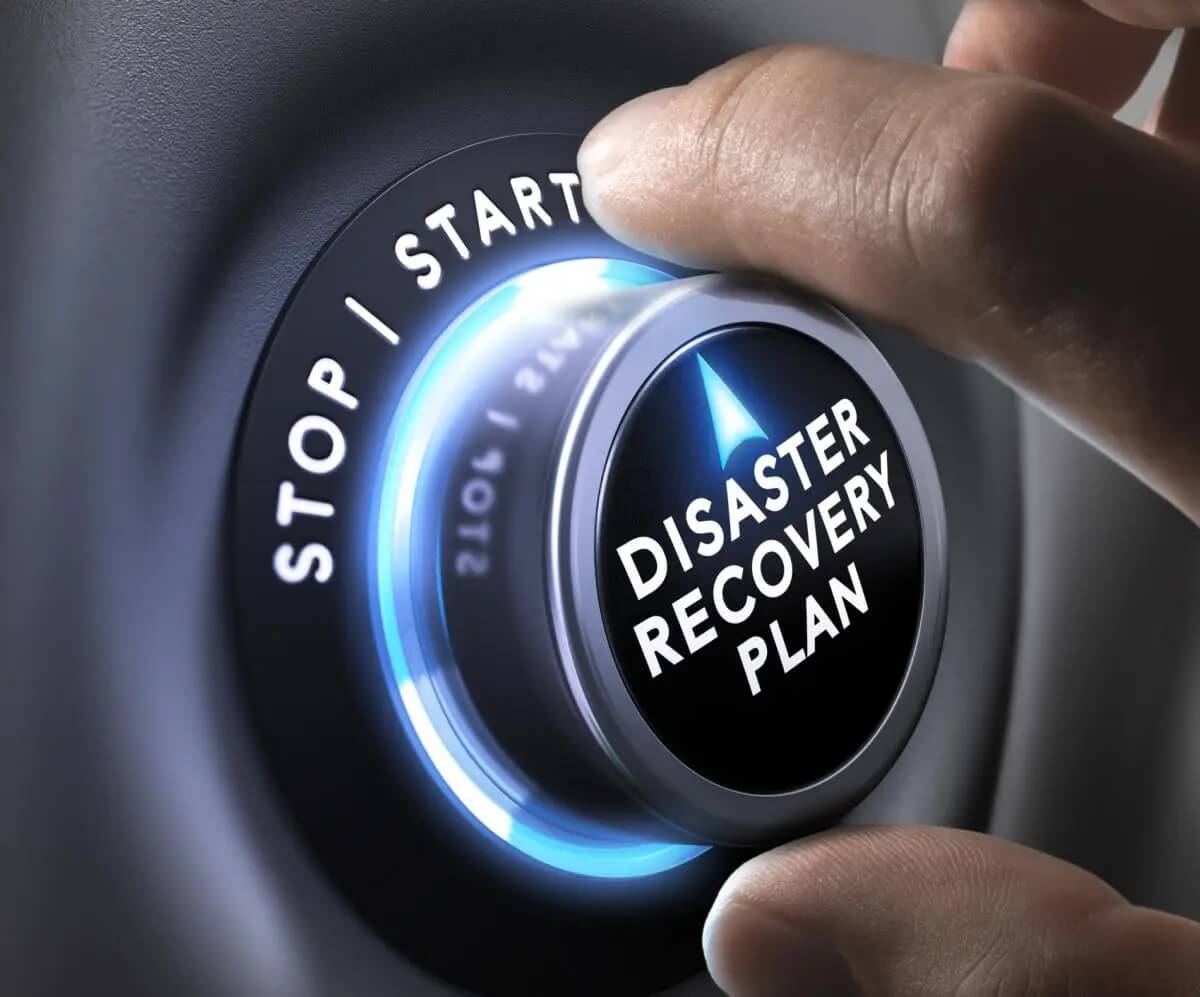
What is a business continuity plan (BCP) checklist?
 A business continuity plan (BCP) checklist is a comprehensive document that outlines the steps and actions required to ensure the continuity of business operations during unforeseen events or disasters.
A business continuity plan (BCP) checklist is a comprehensive document that outlines the steps and actions required to ensure the continuity of business operations during unforeseen events or disasters.
It serves as a guide for organisations to assess their preparedness and take proactive measures to mitigate risks and minimise potential disruptions.
The following is an elaboration of a typical business continuity plan checklist, highlighting the key elements and considerations:
Business Impact Analysis (BIA):
-
 Identify critical business functions and processes.
Identify critical business functions and processes.- Assess the potential impact of disruptions on these functions.
- Determine the maximum tolerable downtime and recovery time objectives.
Risk Assessment and Risk Management:
-
- Identify potential risks and threats to the business.
- Evaluate the likelihood and impact of each risk.
- Develop strategies to mitigate, transfer, or accept risks.
- Establish risk management protocols and procedures.
Emergency Response and Incident Management:
-
- Develop an emergency response plan to address immediate threats.
- Establish communication protocols for alerting employees and stakeholders.
- Define roles and responsibilities of the emergency response team.
- Establish procedures for evacuations, medical emergencies, and crisis communication.
Business Continuity Strategies:
-
- Identify alternate locations for critical operations if the primary site is unavailable.
- Establish backup systems and redundancies for crucial infrastructure and data.
- Implement strategies for remote work and telecommuting if necessary.
- Develop procedures for supply chain management and vendor relationships.
Crisis Communication:
-
- Develop a communication plan for internal and external stakeholders.
- Establish protocols for notifying employees, customers, suppliers, and partners.
- Designate spokespersons and establish consistent messaging.
- Utilise multiple communication channels, such as email, phone, and social media.
 IT Disaster Recovery:
IT Disaster Recovery:
-
- Develop a plan for recovering IT systems and infrastructure.
- Regularly backup critical data and test data restoration procedures.
- Establish protocols for restoring IT services and applications.
- Ensure off-site storage of backups and disaster recovery tools.
Training and Awareness:
-
- Conduct regular training and awareness programs for employees.
- Educate employees about their roles and responsibilities during a crisis.
- Conduct drills and exercises to test the effectiveness of the BCP.
- Update training materials and documentation as needed.
Review and Maintenance:
-
- Regularly review and update the BCP to reflect changes in the business environment.
- Test the effectiveness of the BCP through tabletop exercises and simulations.
- Conduct audits to ensure compliance with regulatory requirements.
- Continuously improve the BCP based on lessons learned from real incidents.
By following a business continuity plan checklist, organisations can enhance their ability to respond effectively to disruptions, minimise downtime, protect their assets, and maintain customer satisfaction. It ensures that businesses can continue to operate even in the face of unexpected events, safeguarding their long-term sustainability.
Frequently Asked Questions
Why is a business continuity plan checklist important?
A BCP checklist is important because it helps businesses identify critical functions and processes, assess potential risks, and develop strategies to minimise disruptions. It ensures that businesses can effectively respond to crises, protect their assets, maintain customer satisfaction, and sustain their operations in the face of unexpected events.
What should be included in a business continuity plan checklist?
A comprehensive BCP checklist should include elements such as business impact analysis, risk assessment and management, emergency response and incident management, business continuity strategies, crisis communication, IT disaster recovery, training and awareness, and regular review and maintenance of the plan.
How often should a business continuity plan checklist be reviewed and updated?
It is recommended to review and update the BCP checklist regularly, at least annually or whenever significant changes occur in the business environment. This ensures that the plan remains up-to-date, reflects the current risks and business processes, and incorporates lessons learned from real incidents or exercises.
How can employees be involved in implementing a business continuity plan checklist?
Employees play a crucial role in implementing a BCP checklist. They should be trained on their roles and responsibilities during a crisis, educated about the plan’s procedures, and involved in regular drills and exercises to test the effectiveness of the plan. Their feedback and insights can contribute to refining the BCP and strengthening the organisation’s resilience.
Remember, the answers provided here are general guidelines, and it’s important to tailor the responses to your specific business and industry requirements when addressing FAQs about a business continuity plan checklist.
You may also like to know more about
- Understanding the Disaster Recovery Planning – steps, benefits and best practices.
- Disaster Recovery Planning To Ensure The Connectivity in Crisis.
- Wireless Emergency Kit: Staying Connected When it Matters.
- Safeguard Your Business with a Network Disaster Recovery Kit.
- 5G Mobile Broadband Kits to Supercharge Your Internet.
Stay connected with EXCEED ICT
Stay connected with EXCEED ICT by joining our social networks (given at footer). Get the latest updates, news, and tips for enterprise device deployment. Follow us on Twitter, Facebook, and LinkedIn for the best enterprise device deployment solutions.
Help us to improve our enterprise by rating us on Google Maps. Your feedback and comments are valuable to us and will be used to make our services even better.



